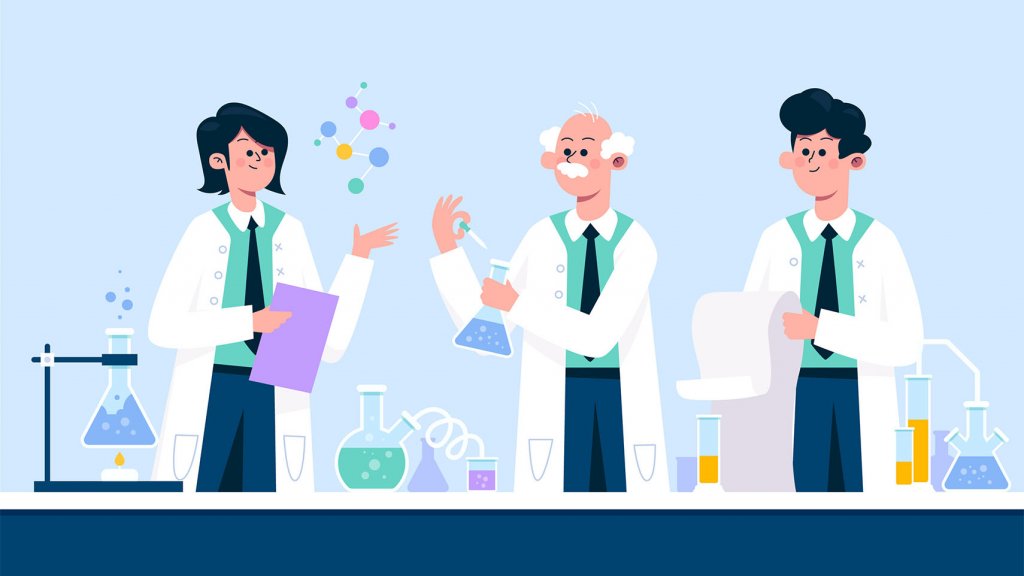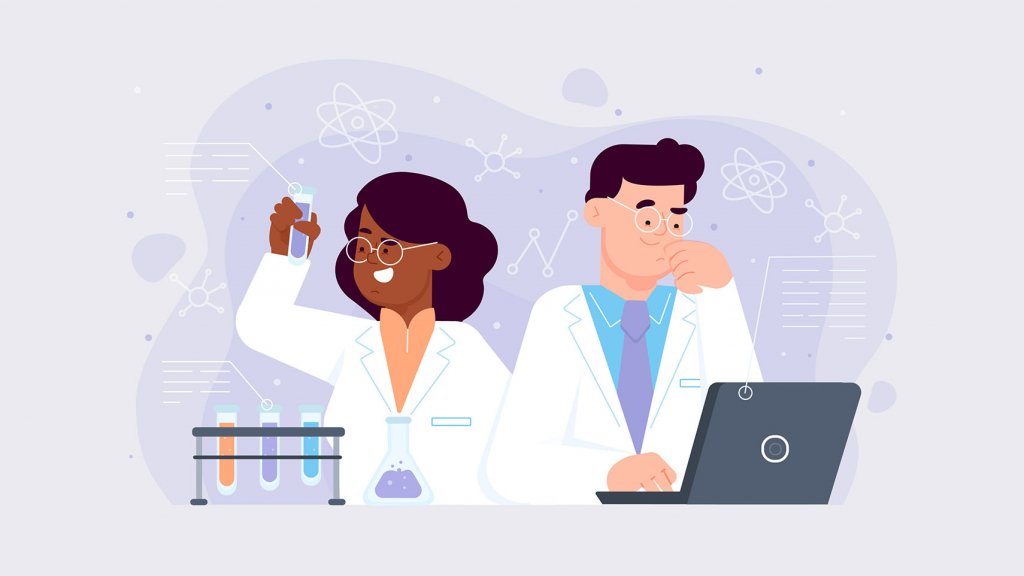In recent years, “big data” has attracted a great deal of attention, and how to utilize big data in corporate activities has become an urgent issue in all industries. Therefore, in this article, we will focus on “data mining” and “data science” related to the handling of data.
About data mining and data science

First, let’s take a look at the definitions and differences between data mining and data science.
What is data mining?
Data mining is a technique for finding “knowledge” in a large amount of data by making full use of analysis methods such as statistics and AI. As the word data mining implies, it means mining useful information (data).
What is data science?
Data science is a research field for extracting meaningful data using methods in various fields such as statistics and information engineering. Data science is a collection of many research fields, and has received more attention in recent years due to the growing social needs.
Differences between data mining and data science
Data science is required to carry out all processes from data acquisition, accumulation, analysis, model construction, verification, and problem solving. Data mining, on the other hand, is primarily focused on analysis and model building within this step.
The main methods of data mining

Many of the methods used in data mining are those used in statistical analysis and are considered to be useful in data mining as well. From here, I will explain the typical methods of data mining.
Market basket
A market basket is a technique used to discover items that are often bought at the same time from retail store sales data. By visualizing products that seem to have little relevance, such as baby diapers and canned beer, but are often purchased at the same time, it helps to create an effective sales floor.
Clustering
Clustering is a method of grouping people who have similar behaviors from purchasing data and taking appropriate measures for each group. Classification based on data similarity makes it easier to launch different marketing for each group.
Logistic regression analysis
Logistic regression analysis is a statistical method that can explain and predict the probability that a value result (objective variable) will occur from several factors (explanatory variables). Since it is an analysis method that determines the “occurrence rate of a certain event,” it can be expected to be used in various business situations.
Machine learning
In some cases, data mining uses machine learning that utilizes AI. Programming languages such as “Python” and “R” are often used for data analysis by machine learning. In particular, Python has a wealth of libraries that are useful for data analysis, making it an effective language for discovering knowledge that finds rules and relationships from data.
Data mining implementation procedure

When performing data mining, it is important to take the right steps. The following describes the specific steps required to perform data mining.
Collect data
First, collect the data that suits your purpose. By collecting as much data as possible, it will be easier to find useful data.
Process and organize data
Next, we will process and organize the collected data into a form suitable for learning. If there is a lot of useless information called “noise” or irrelevant information, AI will not be able to learn correctly. Therefore, when organizing your data, you should remove noise and analyze using only the information you need.
Analyze the data
After processing and organizing the data, we will discover and group the patterns of the data using the methods such as clustering, logistic regression analysis, and market basket introduced above.
Conduct verification / evaluation
You may find some rules or relationships in the patterns and groups derived from the analysis. In such cases, apply the discovered rules and relationships to other data, verify and evaluate whether it can be said as a general theory or as a tendency.
Example of data science utilization
So how is data science actually used in the business scene? Below, we will introduce specific use cases of data science.
Retail business
In the retail industry, leveraging a customer database can help you run more effective campaigns and make effective offers to your customers. For example, linking purchase-related data such as “when”, “who”, “where”, “what you purchased”, “what other products you were interested in”, market data, customer data, etc. By aggregating, it is possible to clarify customer behavior patterns and preferences. On top of that, if you narrow down the targets that are likely to be purchased, you can come up with effective marketing measures such as coupon distribution according to customer preferences.
It is also possible to predict future trends by combining SNS posts and Web behavior data. As a result, product demand can be predicted accurately, the number of inventories to be secured can be grasped, and inventory control can be performed, which can be expected to increase sales and reduce inventory loss at the same time.
Financial industry
In the financial industry, stock price and foreign exchange forecasts can be made by combining past stock transaction data and foreign exchange data with various economic indicators occurring in the world.
Nowadays, AI predicts not only the selection of stocks but also the timing of buying and selling, and services for automatically purchasing foreign currencies have begun to emerge, and such services are expected to become more widespread in the future.
Restaurant business
In recent years, the use of data science has been promoted in the restaurant industry as well. In fact, many stores have adopted electronic payments and loyalty points cards, and it has become possible to analyze purchasing behavior and store visit history for each customer.
In addition, when sales are not expected, we can reduce costs such as food loss by optimizing ingredients and personnel. One of the merits of utilizing data science is that it becomes easier for the restaurant industry to think about measures according to sales forecasts in advance.
Skills useful for data science
Data scientists are required to solve corporate management issues by collecting and utilizing data. To achieve this, three skills, “statistical analysis skills,” “language skills,” and “IT skills,” are indispensable. Here, we will explain why each skill is necessary.
Statistical analysis skills
Data scientists are specialists in the handling and analysis of big data. Therefore, skills to analyze statistics based on the derived data are required. Be sure to acquire mathematical knowledge such as probability, statistics, calculus, and matrix.
Language skill
In the business scene, it is required to explain the analysis results in an easy-to-understand and smooth manner even for people without specialized knowledge. In particular, in recent years, the employment of foreign workers in Japan has been increasing year by year due to the effects of the declining birthrate and aging population. It can be said that a certain level of language proficiency is an indispensable skill for smooth communication with business partners and employees.
IT skills
Data scientists who handle data naturally need general knowledge of IT. “Database knowledge”, “skills for high-speed data processing”, “programming skills”, etc. are indispensable skills for carrying out business, so it is recommended to learn repeatedly.
UMWELT of TRYETING that can effectively utilize big data!
If you want to make effective use of big data accumulated in-house, why not use TRYETING’s no-code AI cloud “UMWELT”. Since it is equipped with many algorithms that are useful for data analysis, you can easily build an AI system with just a mouse operation. Another strength of UMWELT is that the period until the introduction of AI is 1/4 of the conventional one, which enables high-speed introduction, and the introduction cost is 1/10 of the conventional one, which is the lowest cost in the industry.
Summary
This time, we introduced the differences and outlines between data mining and data science, as well as specific application examples. In the modern society where the environment and methods for handling big data have developed, the technology to obtain knowledge from data is an extremely powerful weapon. By all means, please refer to this article to firmly control the data mining process and improve the prediction accuracy.